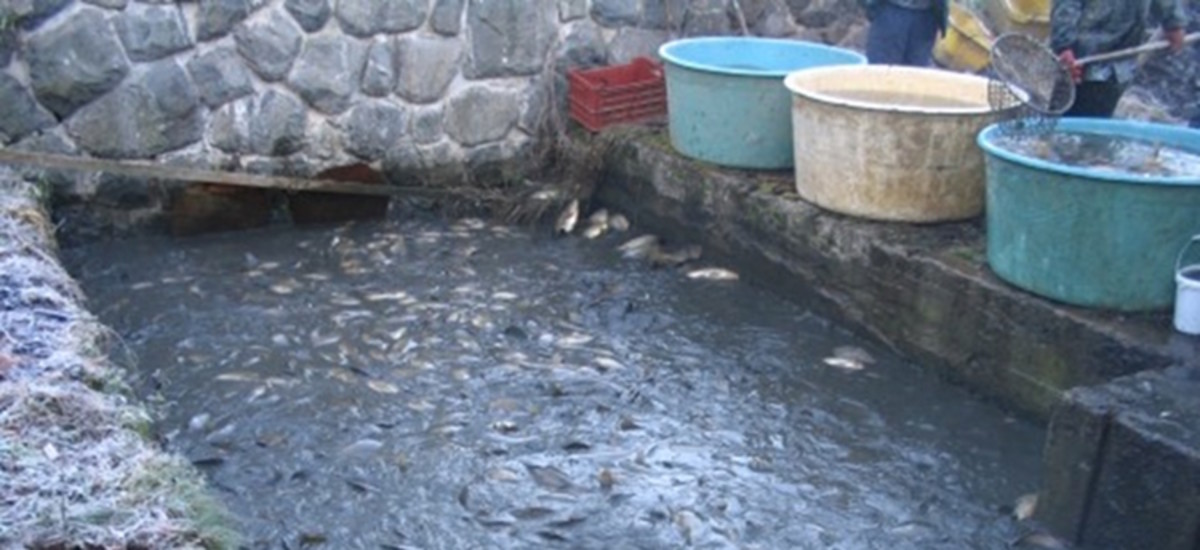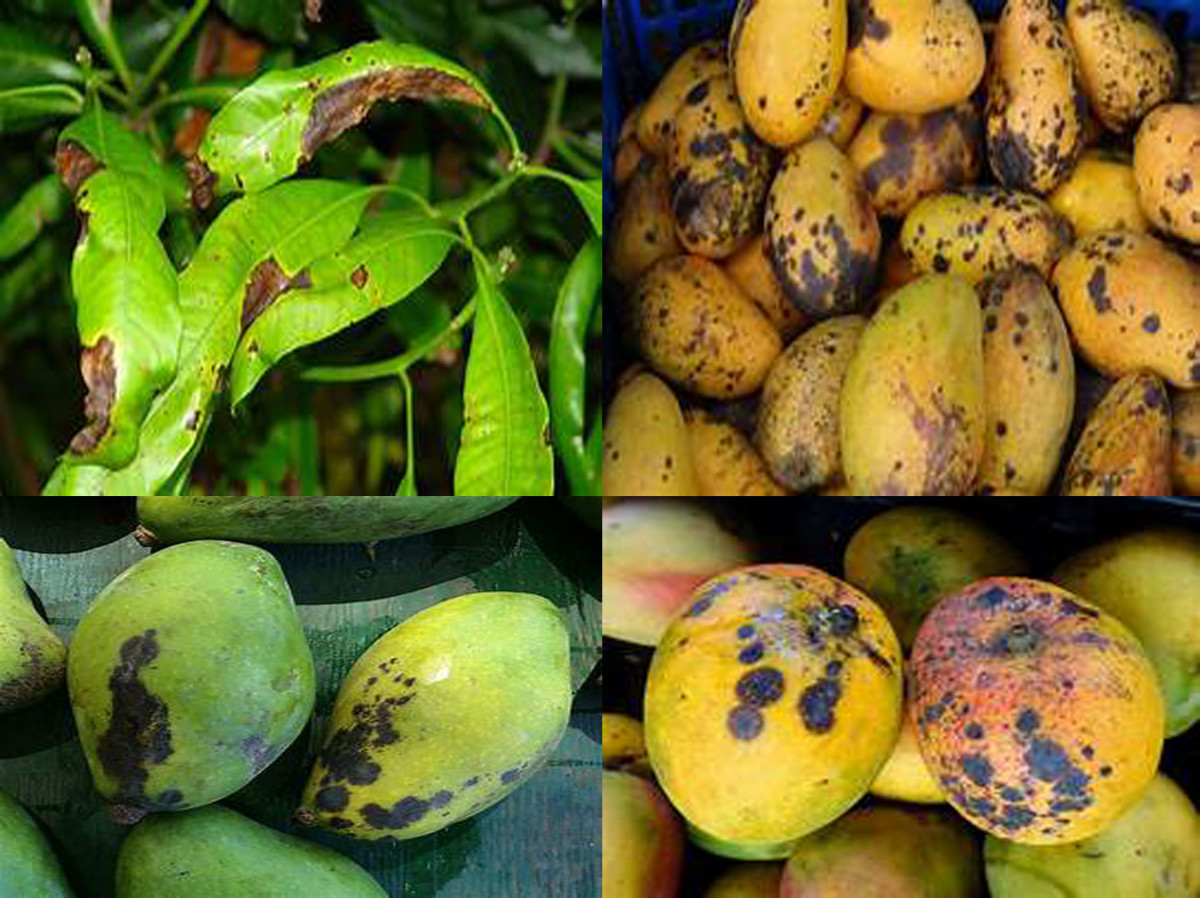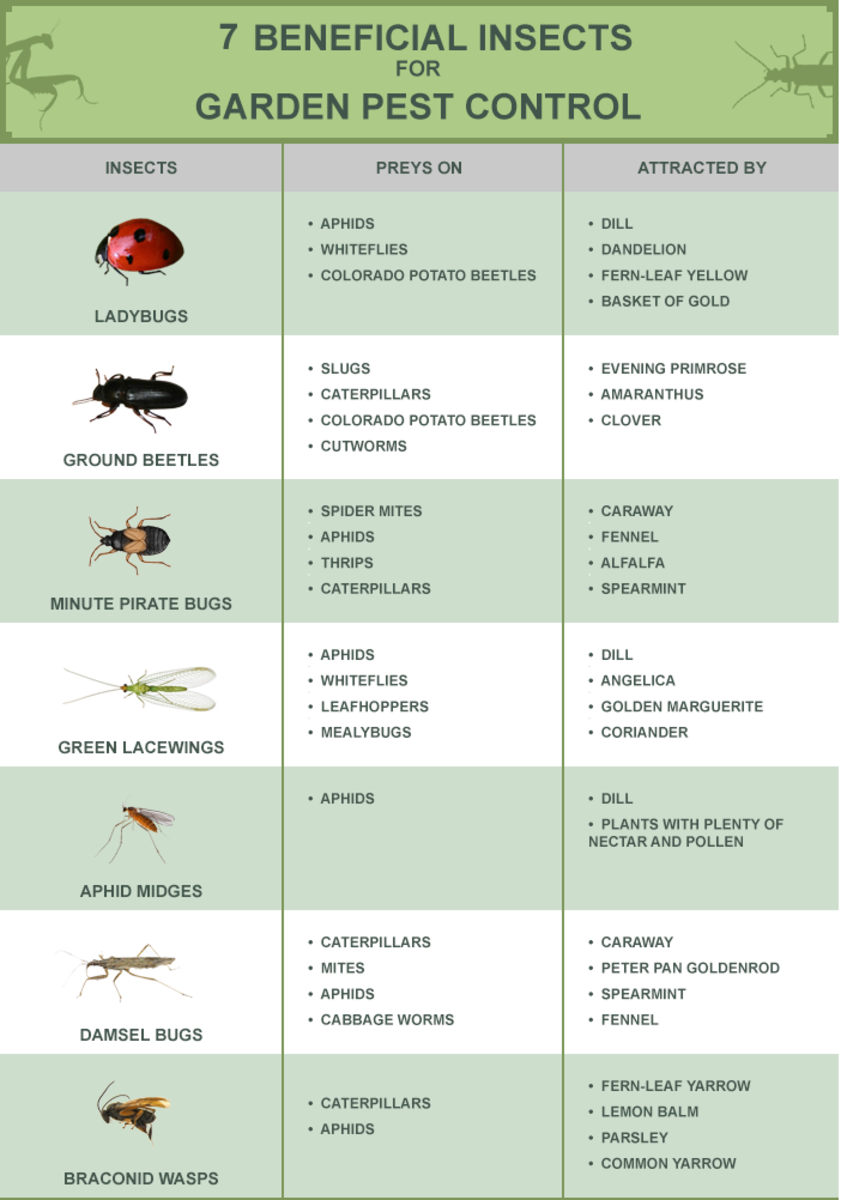Precycling in the Sustainable Food Movement

Copyright 2012 - Kris Heeter, Ph.D.
In the United States, recycling has become prominent in the last several decades.
Individuals, households and communities have come together to make recycling a daily exercise. It’s now common to find recycling bins on city sidewalks, in workplaces, and at neighborhood curbs.
But is it enough? Many would argue that it's not enough and that we can do better.
The amount of packaging waste generated in the United States is huge. Packaging typically is 10-20% of the cost of the non-produce items we buy. And a large amount of energy is used to produce and recycle packaging.
The bottom line - it costs a considerable amount of money and resources (energy) to create packaging and to later recycle it.
Can we do more to cut these costs, to protect our environment, and to work towards creating more a sustainable food environment?
Small groups across the U.S. are addressing these issues and coming up with solutions:
- Improving recycling efforts
- Invoking the practice of "precycling" (reducing waste by ditching packaging altogether)
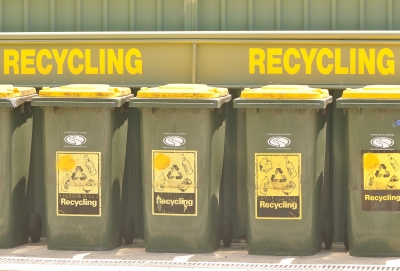
How much of the collected recyclables are really recycled?
Those that recycle typically assume that their materials set aside in designated bins are, in fact, being recycled.
Research by watch dog groups have found that this is not always the case.
For example, Earth911 reported last year that some of the City of Chicago’s recycled materials were too contaminated with broken glass and/or food residue. That made them unfit for recycling and as a result those materials were sent to the landfill.
The Earth911 story raises important questions and sheds light on issues surrounding recycling.
United States Statistics
- About 700,000 tons of garbage goes to landfills on a daily basis.
- Packaging makes up about 40 percent of the garbage going to landfills.
- 2.5 million plastic bottles are thrown away every hour.
- The number of glass bottles thrown away every two weeks would have filled both World Trade Center towers.
- The number of aluminum cans thrown away could rebuild our commercial air fleet every three months.
- During the holidays, an additional 5 million tons of waste is generated - 4/5’s of that is wrapping paper and shopping bags.
(source: in.gredients.com)
Improving the recycing effort
The first obvious step is that, as consumers, can do better in the recycling collection phase.
In households or in the workplace, individuals can take steps to ensure that recycled materials are not contaminated when they are set aside for collection.
In large venues or events, this is a bit more difficult to address and monitor (e.g., city streets and event collection sites). To ensure that recyclables are not contaminated, additional staff needs to be hired to sort out the “clean” verses contaminated recycled materials and in the end the contaminated recyclables may still end up in a landfill.
Despite the hurdle, some cities are making these efforts. For example, at least one major U.S. airport hires staff to hand sort out clean recyclables from the trash in the airport terminal.
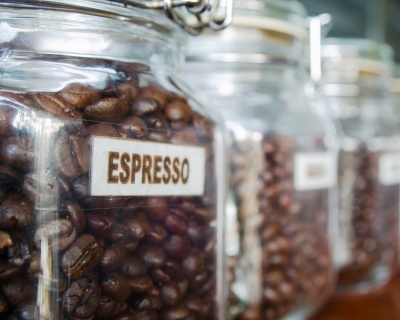
Precycling - an ongoing revolultion
Many individuals are taking steps to try to purchase items without packaging as much as possible - a concept known as "precycle". This is not easy to do. As consumers, we are stuck buying both consumables and non-consumables tightly sealed up layers of packaging.
On a large scale, one group is taking the concept of "precycle" to a whole new level. Their mission is to create a complete “package-free” and “zero-waste” grocery store - a first in the U.S. grocery industry.
In Austin, Tx, this new "one of a kind" grocery is called In.gredients (yes, there is a period in the middle of the name!).
The concept is simple - food is purchased package-free in order to create zero waste
Here's how it works:
1. Consumers bring clean containers from home.
2. Empty containers are labeled and weighed at the store. (If the same container is used in subsequent trips for the same product, it only needs to be weighed the first time around.)
3. The consumer fills the containers with the desired food from the bulk bins.
4. At check-out, the consumer pays based on the weight of added food.
VERY SIMPLE - No plastic packaging or paperboard going to the landfill or needed to be recycled.
Building such a store is not an easy task.
Modeled to some extent off of the co-op principles, food is presented to consumers in bulk. While most co-op stores do offer bulk foods like this, there is yet to be a co-op or grocery store that is completely package-free.
While some argue that buying in bulk like this may create health concerns - with proper care by the store and very defined rules, these concerns can be overcome.
In.gredients store just opened this year. Learn more about this type of package-free and zero-waste shopping concept HERE.
Related articles of interest
The benefits of precycling: health
There are major benefits of eliminating packaging. Several recent studies have found that chemicals used to create food packaging can end up in the food we eat.
Bis-phenol A (BPA) from some plastics is one that many may be familiar with. BPA is used to make some plastic bottle and it is used in the lining of canned foods and significant levels have been found to leach out from the plastic into the food. BPA has been linked to a number of cancers.
Phthalates are another class of chemicals that have also been found associated with foods, supplements and even medicines. Phthalates are known endocrine disruptors - again linked to certain cancers and other diseases.
By eliminating the packaging these foods come in and using safe containers from home, the toxic level of these chemicals in the body can be drastically reduced.

The benefits of precycling: sustainable food
By drastically reducing the amount of packaging used, the amount of waste going to landfills is greatly reduced. The number of harmful chemicals, in turn, leeching into our environment is also reduced.
Sustainable food requires a sustainable environment. The continued wide spread use of chemicals in the long run harms the environment, making it harder to grow good quality food.
We, as consumers, often forget that a huge amount of energy, is required to make this packaging. It requires the use of chemicals that can often create harmful byproducts that are released into both the air and our water. In the long term, this reduces agricultural sustainability.
Ultimately we pay the price by creating an environment that cannot safely sustain quality food production.

